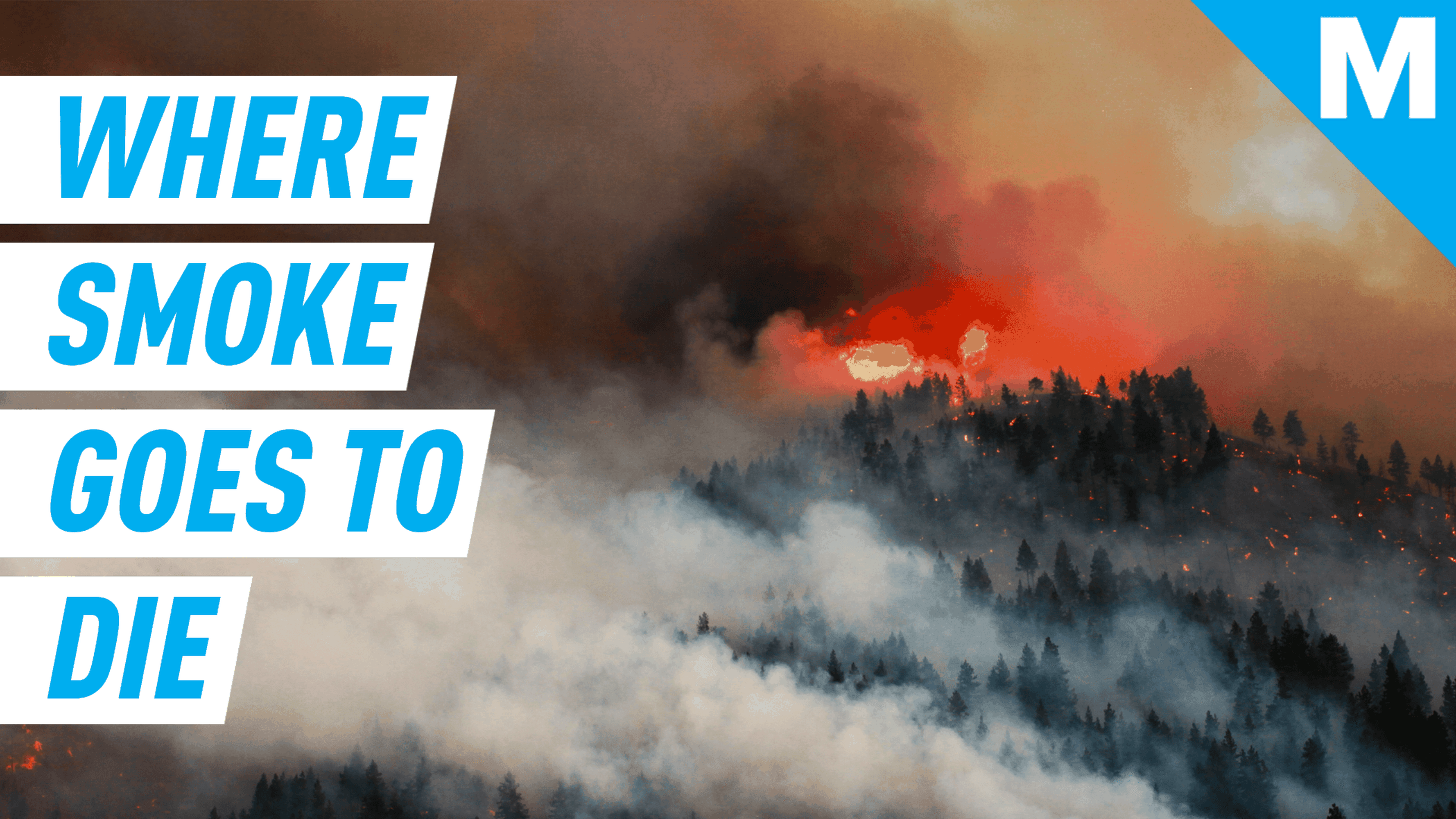
When wildfires grow hot and large enough, they can spawn towering, smoky clouds.
The Apple Fire burning in Southern California’s San Bernardino National Forest produced these big plumes, called pyrocumulus clouds, over the weekend. The new, active blaze has burned over 26,000 acres of parched land as of Monday morning, with conditions ripe for flames. The fire is only 5 percent contained.
“It’s very hot and dry and that area hasn’t burned in a long time, so there’s lots of fuel,” said a public information officer at the California Department of Forestry and Fire Protection (Cal Fire), referencing the ample supply of dried-out vegetation.
With enough heat, hot air rapidly rises into the atmosphere, called updrafts. These updrafts lift smoke, ash, and moisture high into the air. They’re a clear sign of an intense fire.
“Sometimes the fire creates its own weather patterns,” Cal Fire’s public information officer explained. “It intensifies the fire.” The column of smoke and ash can collapse, creating downdraft winds that further spread flames.
Nearly 2,300 firefighters are battling the blaze.
Every wildfire is a complex interaction of weather, climate, and fuels. California, which doesn’t experience much rain throughout the summer and fall, regularly burns this time of year. But a relentlessly warming climate increases the frequency of conditions for spreading flames.
Nine of the top 10 largest wildfires in the state’s history have occurred since 2003. Temperatures in the Golden State overall have been rising since the late 1800s, and temperatures in Southern California have either been above average or well above average in the first half of 2020.
This century, wildfires in the U.S. are on average burning twice as much land as they were in the 1990s. And in the West, modern blazes are burning for weeks, not days, longer.
